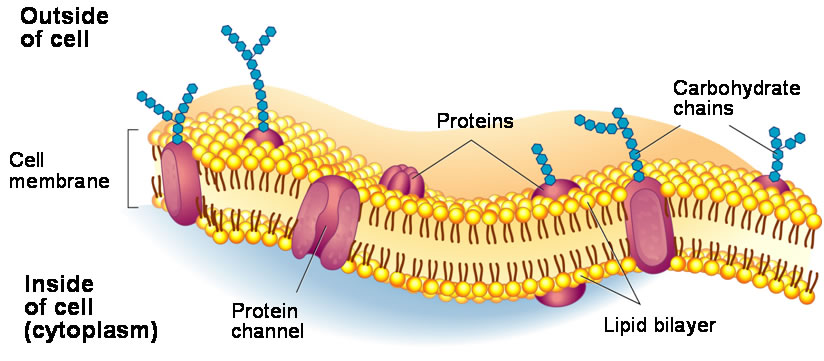 According to the Rehydration Project (source), 1.8 million people die of dehydration each year, due to a lack of drinkable water. Of these, 90% are children. A possible solution for this problem might come in the form of filters with pores so small that only water molecules (and not other large particles nor cells) can penetrate. This has been achieved before using carbon nanotubes; however the difficulty to produce and align the tubes has led to a continued need for innovation.
According to the Rehydration Project (source), 1.8 million people die of dehydration each year, due to a lack of drinkable water. Of these, 90% are children. A possible solution for this problem might come in the form of filters with pores so small that only water molecules (and not other large particles nor cells) can penetrate. This has been achieved before using carbon nanotubes; however the difficulty to produce and align the tubes has led to a continued need for innovation.
An international team of researchers, including some from Penn State, has used bio-mimicry of cells to help solve this by making a synthetic, self-assembling membrane.
The reason for this is that cells, which have a fat-based phospholipid bilayered membrane, are able to control what enters the cell due to its membrane (diagrammed below). A cell, however, required water and certain proteins, and regulates the entry of these using transport proteins, which span the length of the membrane and provide conditions that allow specific proteins and molecules to travel through. Cells have a specific transport protein called aquaporins that create a channel that allow water to enter or exit the cell through osmosis. However, it does not allow other proteins or molecules to enter with the water; effectively acting as a filter.
 |
| Diagram of a cell membrane |
It is this property that the researchers were interested in. By creating a synthetic cell-like membrane equipped with aquaporin like protein channels, they have created a method whereby water transmutes through the membrane at extremely extremely high rates (1 billion water molecules per second, per channel) that is also able to be created quickly and more cheaply than earlier iterations of synthetic membrane-filters. This innovation could thus prove to be a very beneficial one by giving access to water to communities who lack it.
No comments:
Post a Comment